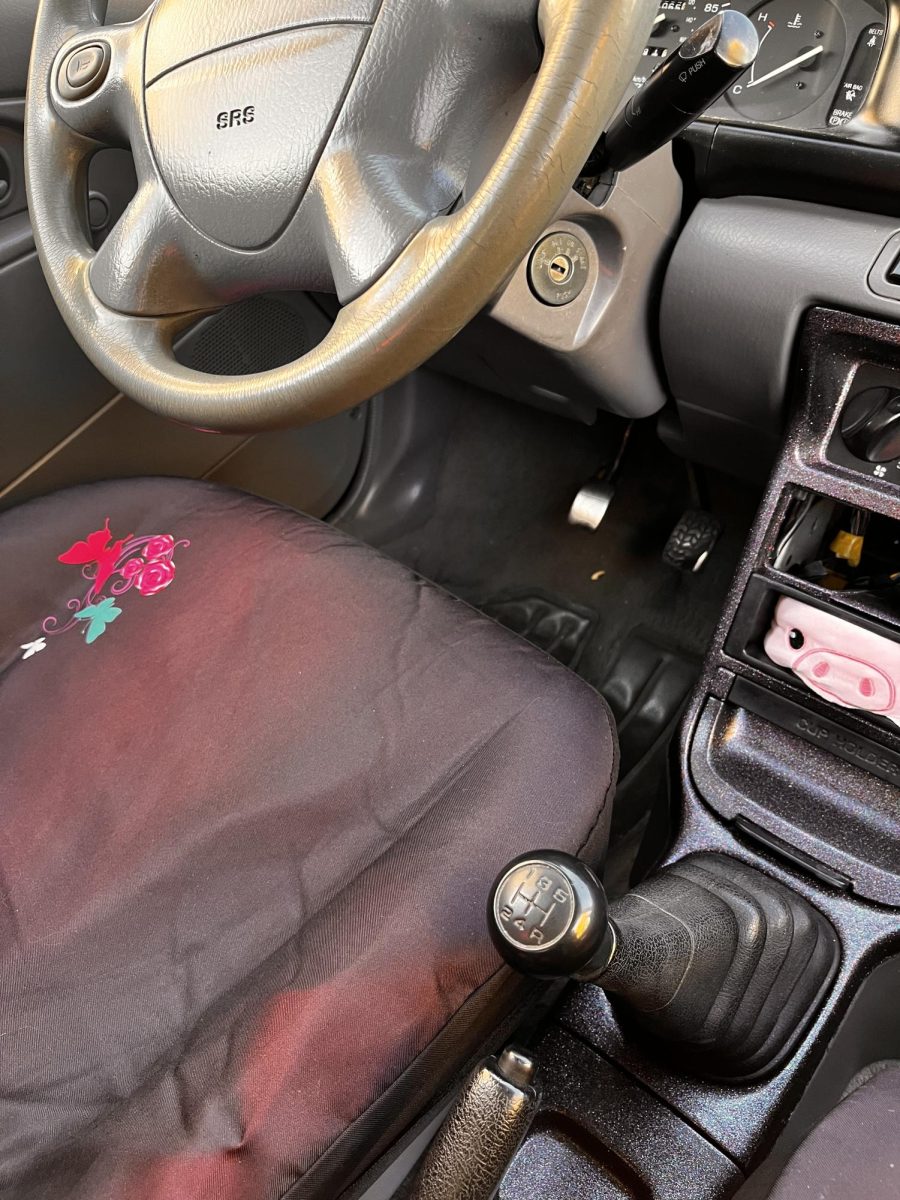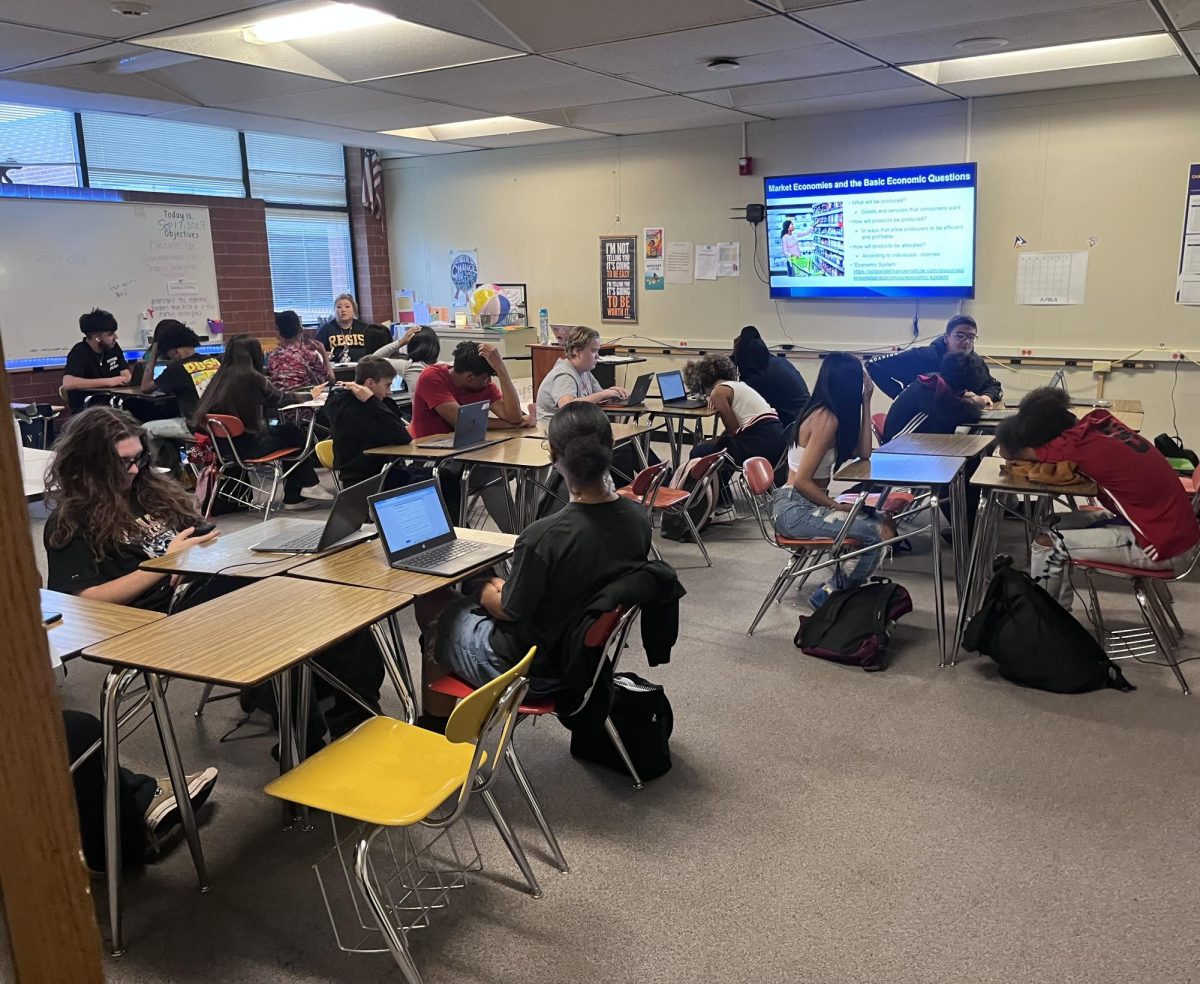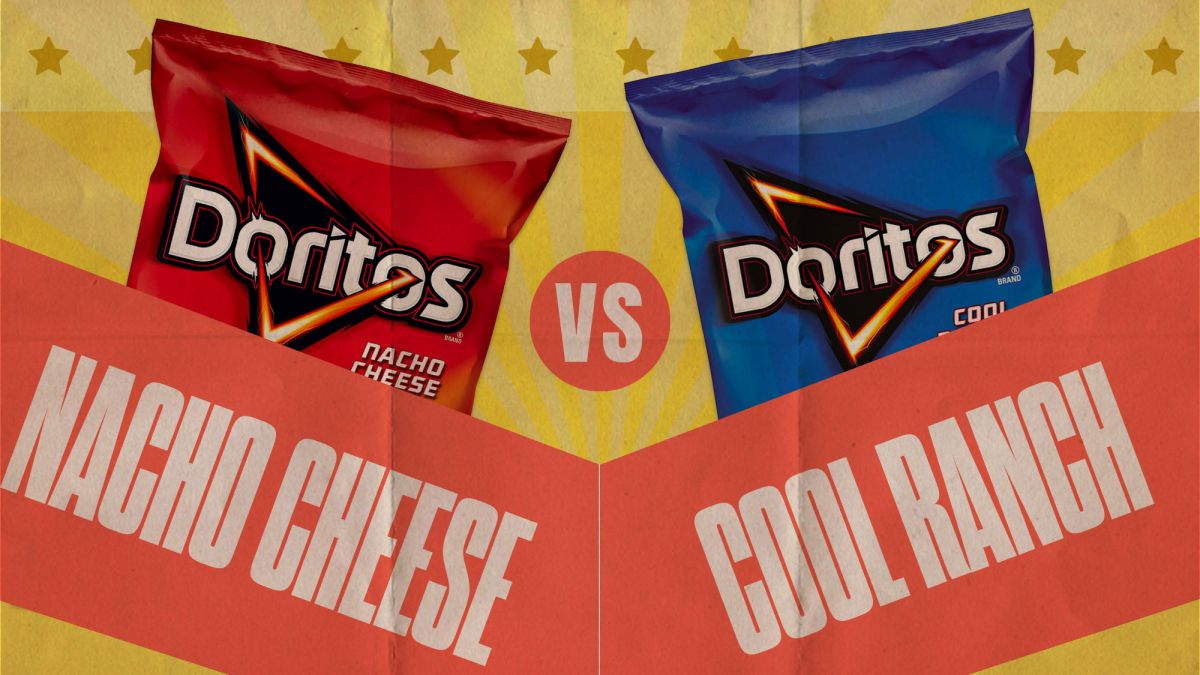I just got my first car, and it’s a manual transmission, and I’m fine with that. Yet surprisingly, when I tell people that fact, they give me a weird look. Honestly that confuses me. So, I did a little research and found that only about 18% of Americans actually know how to drive a stick shift. I find that baffling.
I thought that Millennials grew up in a time when manual transmissions were fairly common. But the truth is, only a quarter of cars made in the 90s had manual transmissions, and that number is even less today. Now, only about 2.5% of cars sold in the US have a manual transmission. Granted, that low number is due in part to the rise of electric cars, which can’t physically have a manual transmission.
Although driving a stick shift/manual is a dying art, I believe it is still important due to the many benefits.
Overall, driving a stick shift is more advantageous because of its better control. One can better control their speed and revs (engine revolutions per minute, RPM) due to the ability to change which gear the car is in manually. This is something that cannot be done in an automatic. For example, a person might want to downshift (i.e. driving down a long hill, or driving in snow), but they’re driving an automatic, and instead, the car does the exact opposite. With a stick shift, a person also has better control of their speed because each gear has a range of speeds that it fits with and one has to do more work to get more speed.
There is also an advantage to driving a manual since it is near impossible to drive with distractions, such as with a phone in hand, as a manual requires a person to constantly use both hands. Rather than just having to pay attention to the surroundings, in a manual one also has to pay attention to the car to know when to shift gears. This is especially advantageous for teens, who are often distracted by their phones.
Some of the biggest benefits of having a manual transmission are mechanical. Cars with a stick shift tend to get better gas mileage and are much less costly to repair.
Manual cars have better gas mileage due to them weighing less. Now, this isn’t always the case, especially with the technological advancements in automatic transmissions. However, since many teens start with an older car, spending less money on gas is an added benefit.
Manual transmissions also cost less to repair than automatics. Even though manuals require more routine maintenance, in the long run, it is less expensive than having to replace or fix an automatic transmission. Although it mainly depends on the year and model of the car, it typically costs between $2,000 and $4,000 to repair an automatic transmission, whereas it only costs about $1,500 to $3,000 to fully replace a manual transmission.
Other advantages of having a car with a manual transmission revolve around drivability. With a manual, a car is less likely to be stolen, friends can’t borrow one’s car, and with the experience, one can drive pretty much any car.
Since a large chunk of Americans can’t drive a stick shift, a car that has one is less likely to be stolen. If a thief sees a car has a stick shift, they will be more likely to move on to another car. There is always the probability of the car still being stolen, however, having a stick shift is a bit of an added protection.
For the same reason, friends can’t borrow one’s car. They can’t drive it, so there would be no worries about them accidentally totaling it or something else outrageous happening.
Lastly, when someone knows how to drive a stick shift, they can drive pretty much any car ever made. They can drive an automatic, they can drive any other manual, even big 18-wheelers (technically), or a Volkswagen Autostick if they feel adventurous.
Overall the decision is up to each individual, whether getting a car with a manual or an automatic transmission. But with all the benefits a stick shift has to offer, from protection to gas mileage, it’s hard to say no.







Scott J Goldberg • Nov 3, 2023 at 4:07 PM
Most of your points aren’t true. The accident rates between manual and automatic rates are nearly identical. All modern manual cars allow for downshifting at will, most have some kind of manumatic mode. Gas mileage has been near identical for so long any car you’d be talking about for young drivers would either be 2 decades old or have similar gas mileage.
It’s a ghost, a myth. There’s no benefit other than personal preference.
Asa Walsh • Oct 31, 2024 at 9:46 AM
Just saying man but he’s not comparing a 20 y/o manual to a modern automatic. He’s overall saying that 2 of the same vehicle with one manual and other automatic have differences, manuals are cheaper just because nobody drives them anymore, they get better gas mileage than it’s automatic twin, and manuals have a built in anti-theft system. 0.9% of vehicles in the US are stolen and only 1% of the 0.9% are manuals. That’s a huge difference. There’s a lot to learn bud, especially if you talk about it without knowing the differences.